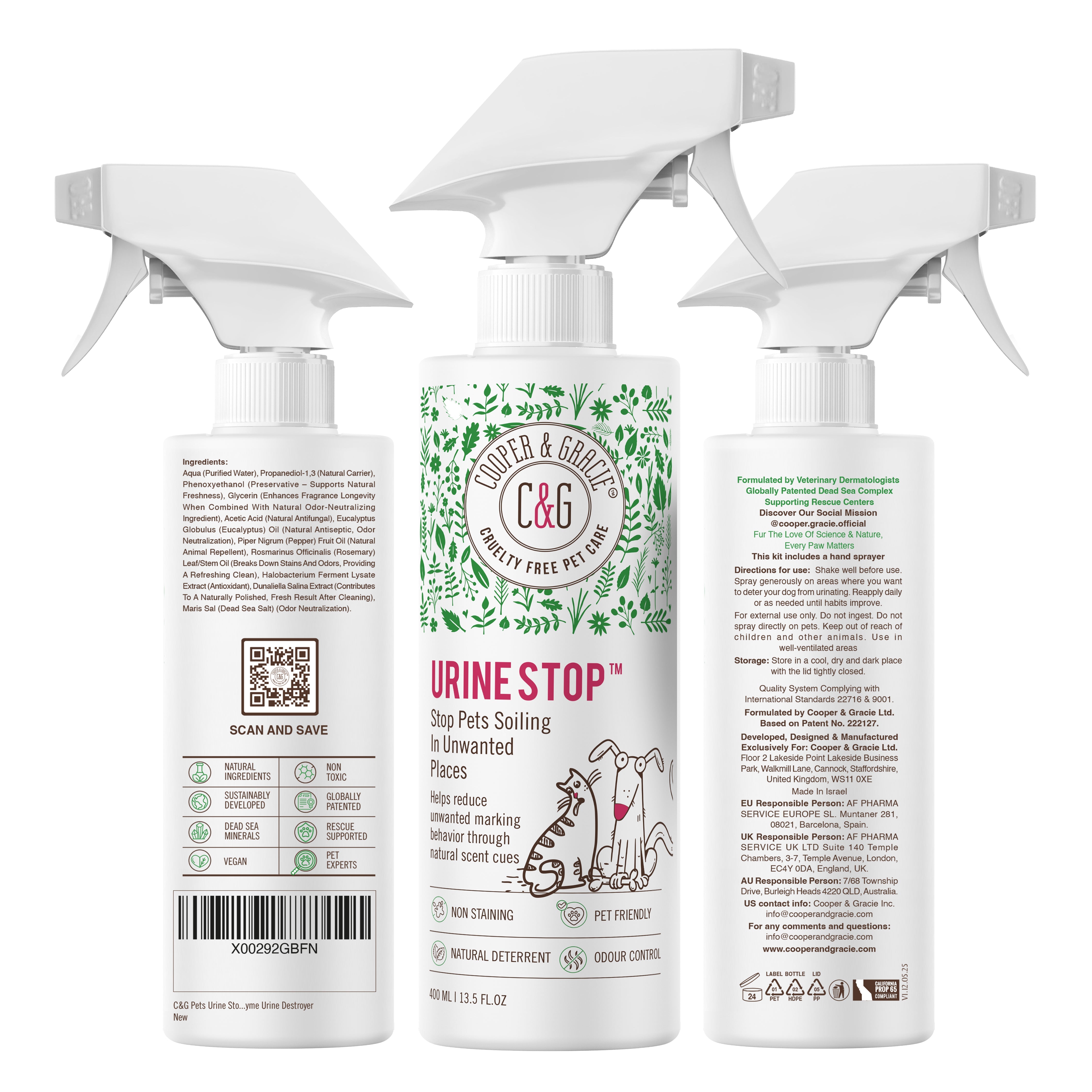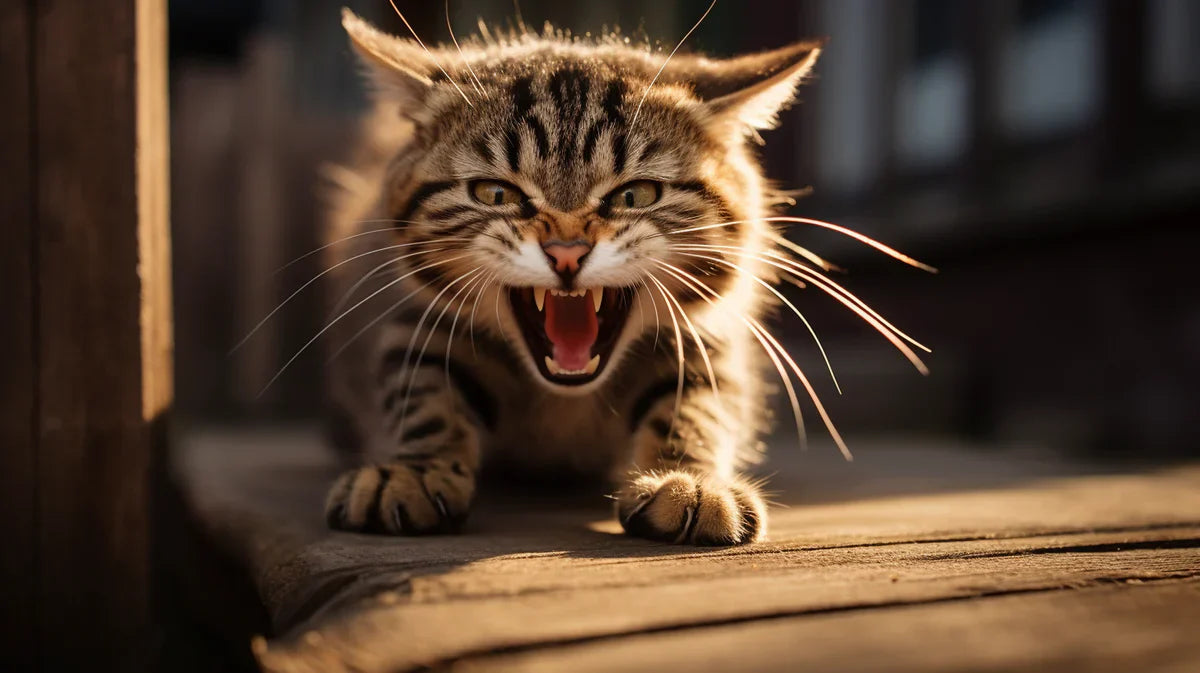Why Do Cats Hiss: Unravelling the Mystery Behind Feline Communication
Introduction to Feline Communication
Cats, known for their mysterious and often misunderstood behaviours, use various forms of communication to express themselves. One of the most intriguing and commonly observed behaviours is hissing. This article aims to explore the reasons behind this distinctive sound and what it signifies in the world of felines.
Understanding Why Cats Hiss
The Science Behind the Hiss
Cats hiss as a form of communication. This is deeply rooted in their instinctual behaviour. The hiss is often a reaction to fear, discomfort, or territorial disputes. By understanding the situations that trigger this response, we can gain a deeper insight into the world from a cat's perspective.
Common Triggers for Cat Hissing
- Fear and Anxiety: Cats may hiss when they feel threatened or scared.
- Territorial Disputes: Hissing can be a warning to other animals or humans invading their space.
- Pain or Discomfort: A cat in pain or discomfort might hiss to indicate its distress.
Behavioural Aspects of Cat Hissing
Reading the Signs: When Cats Feel Threatened
Understanding a cat's body language is key to interpreting their emotions, especially when they feel threatened or scared. When a cat hisses, it's often accompanied by several physical signs. These include:
- Arched Back: A cat may arch its back to appear larger and more intimidating to the perceived threat.
- Flattened Ears: Ears that are pinned back against the head indicate fear or aggression.
- Puffed-Up Fur: Cats puff up their fur, especially along the spine and tail, to look bigger and more menacing.
- Sideways Position: A cat might position its body sideways to the threat to increase its visual size.
- Dilated Pupils: This is a sign of heightened arousal and can indicate fear or aggression.
- Tail Movements: A twitching or swishing tail can express irritation or discomfort.
Recognising these signs helps in understanding when a cat feels threatened and how best to respond, such as giving the cat space or slowly removing the source of its discomfort.
The Role of Hissing in Feline Social Structure
In the feline world, hissing is more than just a reaction to fear or threat; it plays a significant role in their social dynamics.
- Establishing Boundaries: Cats use hissing as a way to set personal boundaries. This is especially important in multi-cat households or when a new pet is introduced.
- Non-Violent Conflict Resolution: Hissing can be a way for cats to resolve conflicts without resorting to physical fights. It's a clear signal that a cat is uncomfortable and wants the other party to back off.
- Mother Cats Teaching Kittens: Mother cats often hiss to discipline or protect their kittens, teaching them about acceptable social behaviour.
- Social Hierarchy: Hissing can be used to establish or reinforce the social hierarchy among cats. The dominant cat may hiss to assert its position over others.
By understanding the role of hissing in cat communication, cat owners can better interpret the social dynamics of their pets and manage their interactions more effectively.
How to Respond to a Hissing Cat
Best Practices for Cat Owners
When faced with a hissing cat, it's essential to remain calm and give the cat space. Avoid sudden movements and try to identify and remove the cause of distress.
Creating a Stress-Free Environment for Your Cat
A stress-free environment is essential for your cat's wellbeing and can significantly reduce instances of hissing. Here are some key elements to consider:
-
Safe Hiding Spots: Cats need a private place where they can retreat and feel secure. This could be a cosy cat bed, a cardboard box, or even a quiet corner of a room. Ensure these spots are easily accessible and away from noisy or high-traffic areas.
-
Interactive Toys: Engaging toys can help keep your cat mentally stimulated and physically active, reducing stress. Rotating the toys regularly can keep your cat's interest alive. Puzzle feeders, laser toys, and feather wands are great choices.
-
Regular Routines: Cats are creatures of habit and thrive on routine. Keeping a consistent schedule for feeding, playtime, and cuddling can provide a sense of security and predictability.
-
Scratching Posts: Scratching is a natural and necessary behaviour for cats. Providing several scratching posts or pads around the house can help satisfy this instinct and reduce stress.
-
Peaceful Feeding Area: Ensure that your cat's feeding area is in a quiet location where they won’t be disturbed. This helps them feel relaxed while eating.
-
Access to Windows: Many cats enjoy watching the world from a safe vantage point. A window perch or a comfortable spot near a window can offer them entertainment and relaxation.
-
Regular Veterinary Care: Regular check-ups with a vet ensure your cat's health is monitored and any issues are addressed promptly, reducing any health-related stress.
-
Controlled Introductions: If introducing new pets or people into the home, do it gradually and in a controlled manner to avoid overwhelming your cat.
By implementing these elements, you can create a tranquil and secure environment for your cat, significantly reducing their stress levels and the likelihood of hissing as a response to discomfort.
Conclusion: Enhancing Our Understanding of Cats
In conclusion, understanding why cats hiss not only enriches our knowledge about these enigmatic creatures but also enhances the bond we share with them. By recognising the reasons behind this behaviour, we can create a more empathetic and nurturing environment for our feline friends.
FAQs
-
Is hissing always a sign of aggression in cats? No, hissing is not always an indication of aggression. It can also be a response to fear, pain, or discomfort.
-
How should I react if my cat hisses at me? If your cat hisses at you, it's best to give them space and avoid forcing interaction. Try to calmly assess the situation to identify any potential triggers.
-
Can hissing be a sign of a health issue? Yes, if a cat suddenly starts hissing without apparent reason, it could indicate pain or a health issue, warranting a vet visit.
-
Do all cats hiss for the same reasons? While hissing is a common response among cats, the reasons can vary based on the individual cat's personality, past experiences, and environment. Some may hiss more due to a more cautious or anxious nature, while others might rarely do so.
-
Can kittens learn to hiss from older cats? Yes, kittens often learn to hiss by observing older cats. Hissing is a learned behaviour, and kittens pick up this form of communication as part of their social development, often imitating their mothers or other adult cats in their environment.
Enhance Your Cat's Well-being with Cooper & Gracie Products
At Cooper & Gracie, we understand the unique needs of your beloved cats. Explore our range of cat-friendly products designed to provide comfort and joy to your feline companions. Shop with us today and contribute to a happier, healthier life for your cat.
Related Posts
Why Do Cats Bring You Dead Animals?











